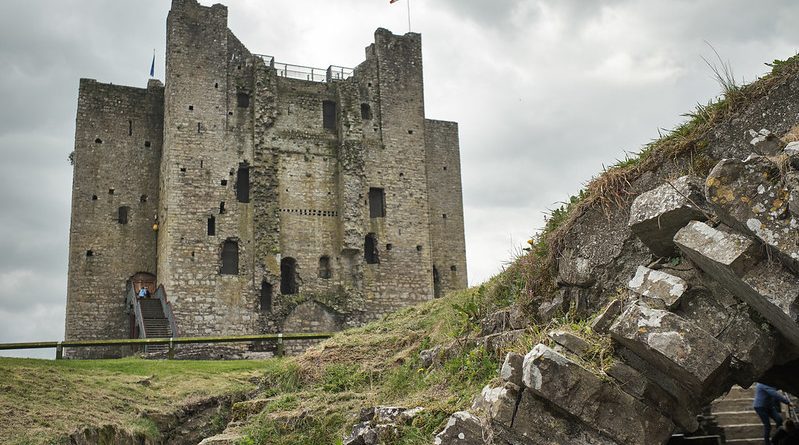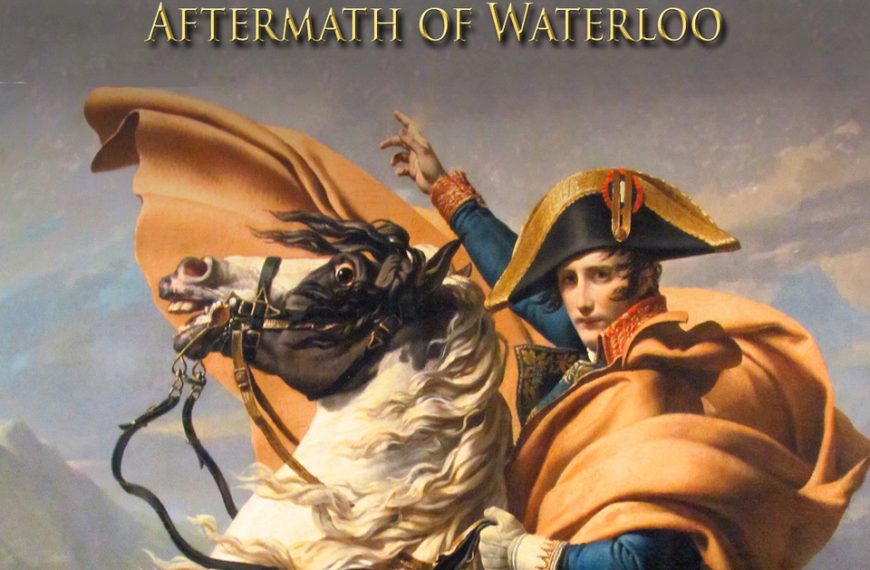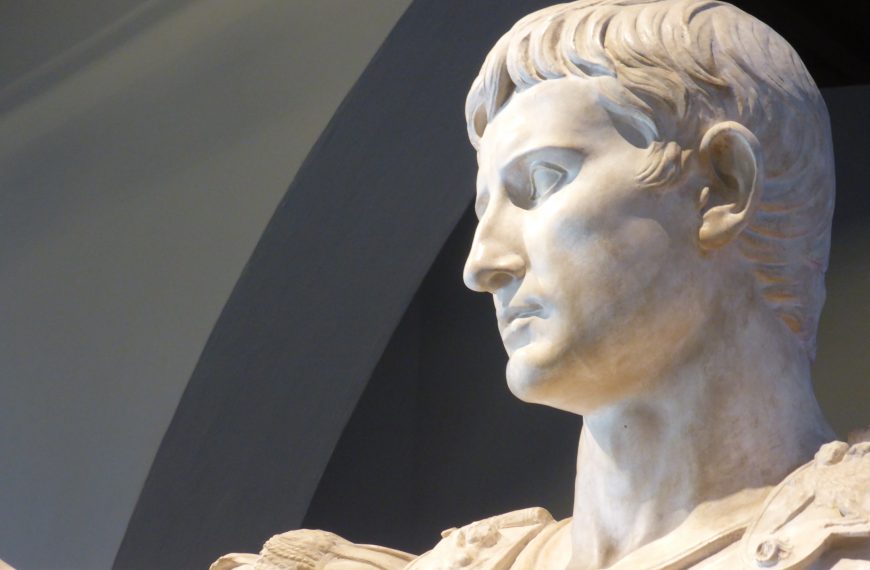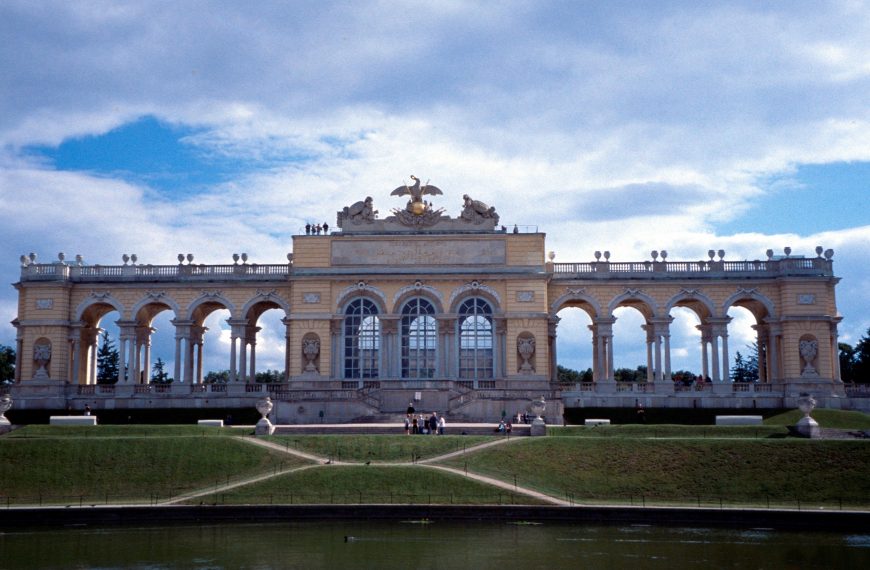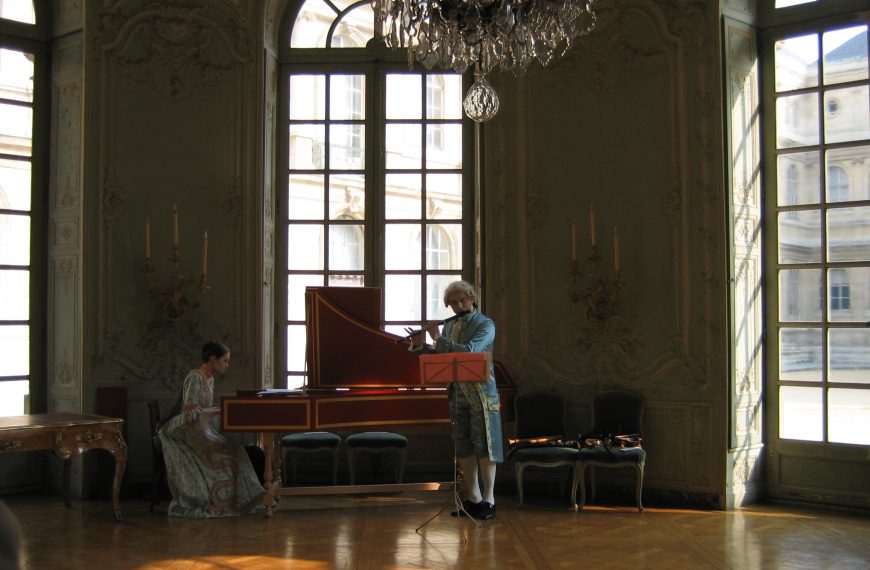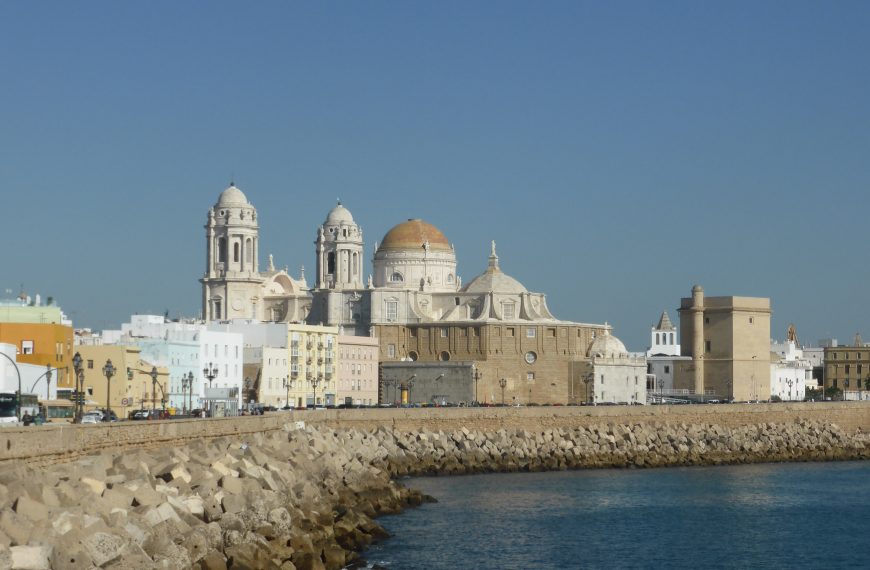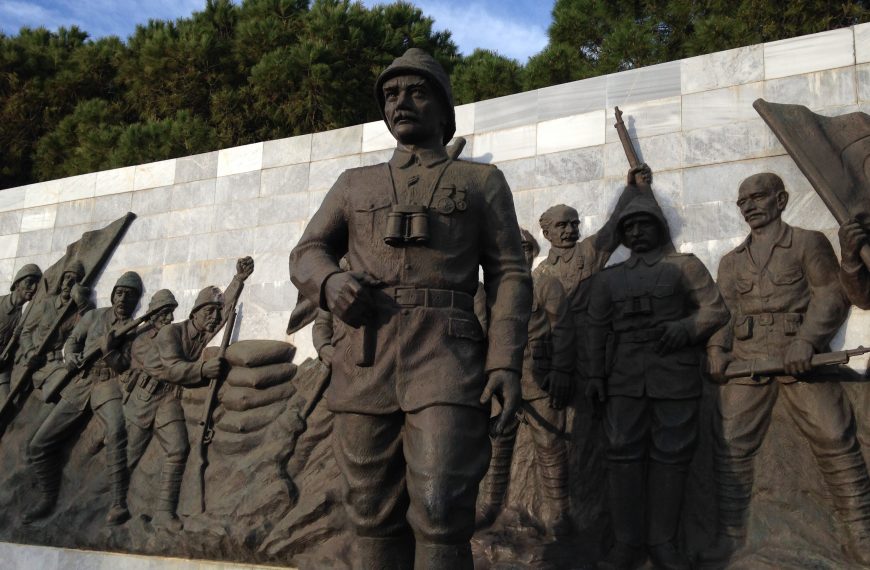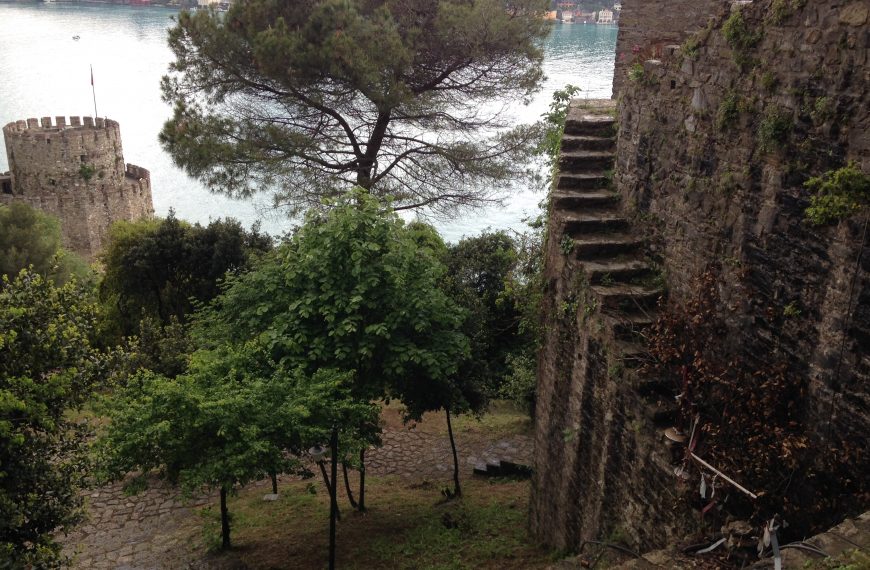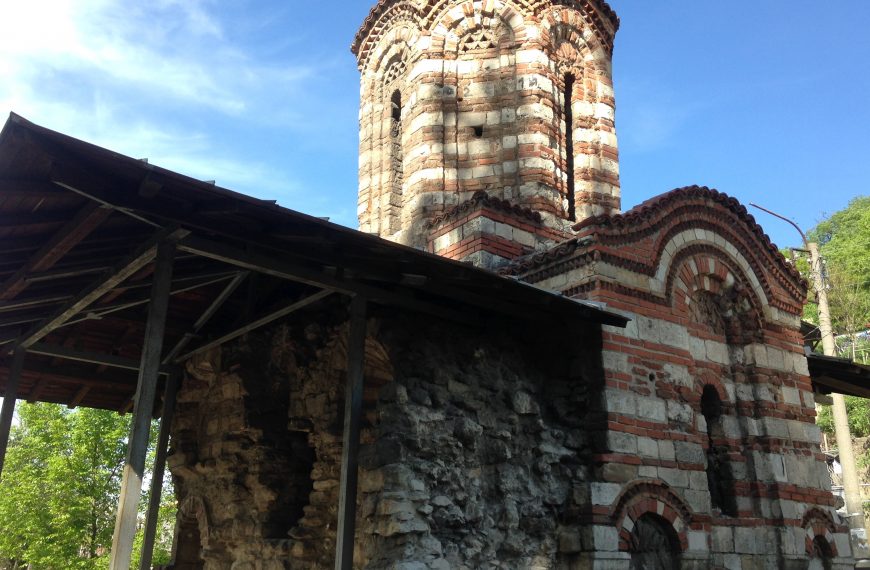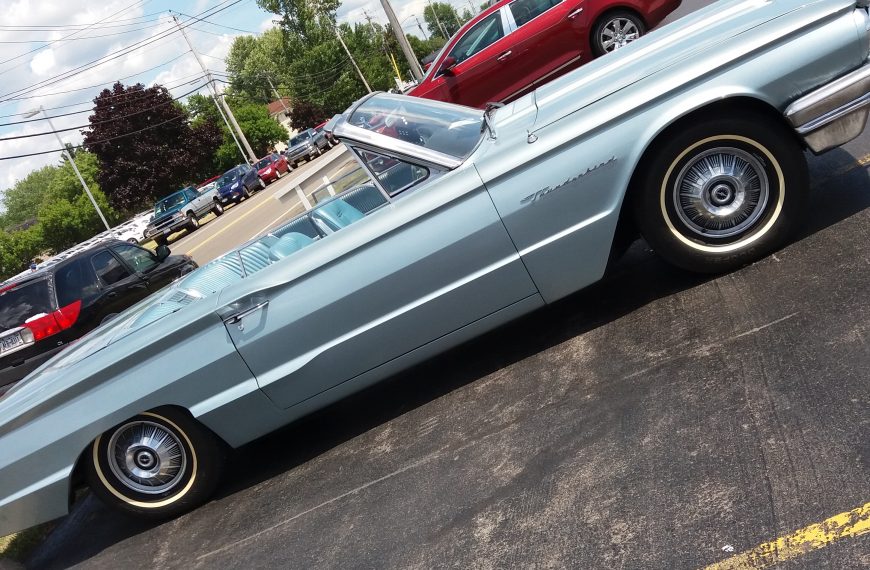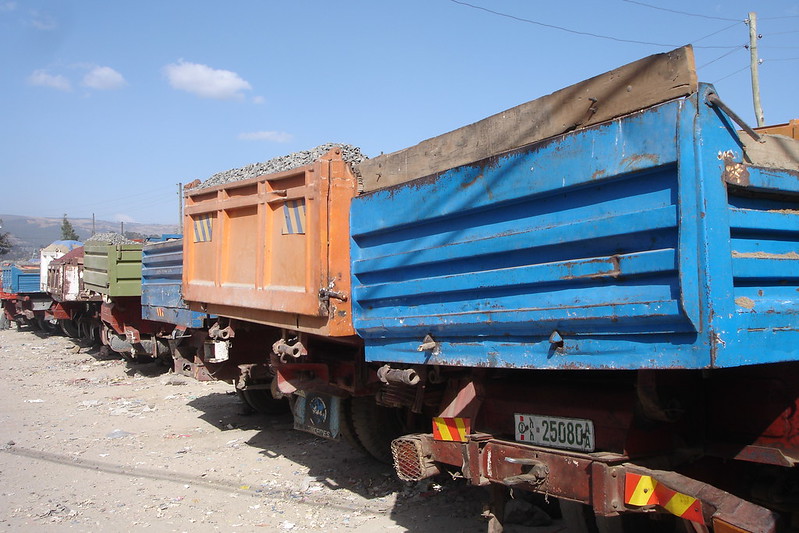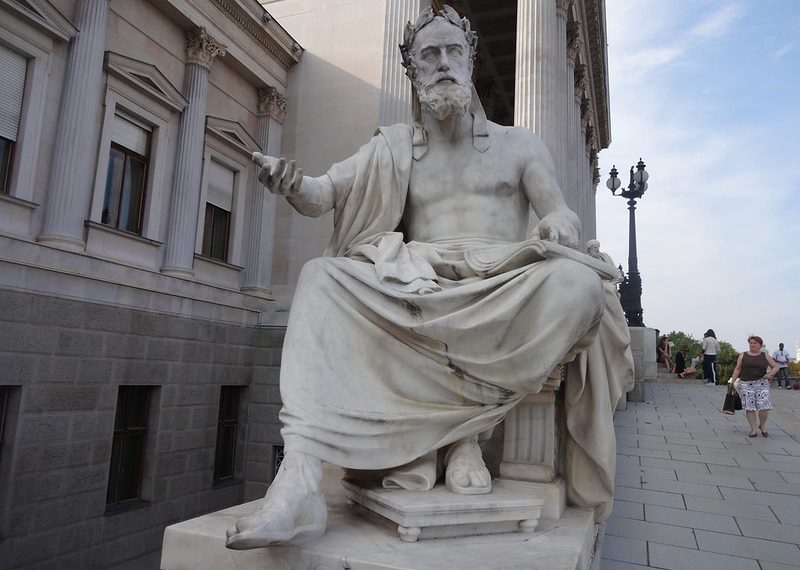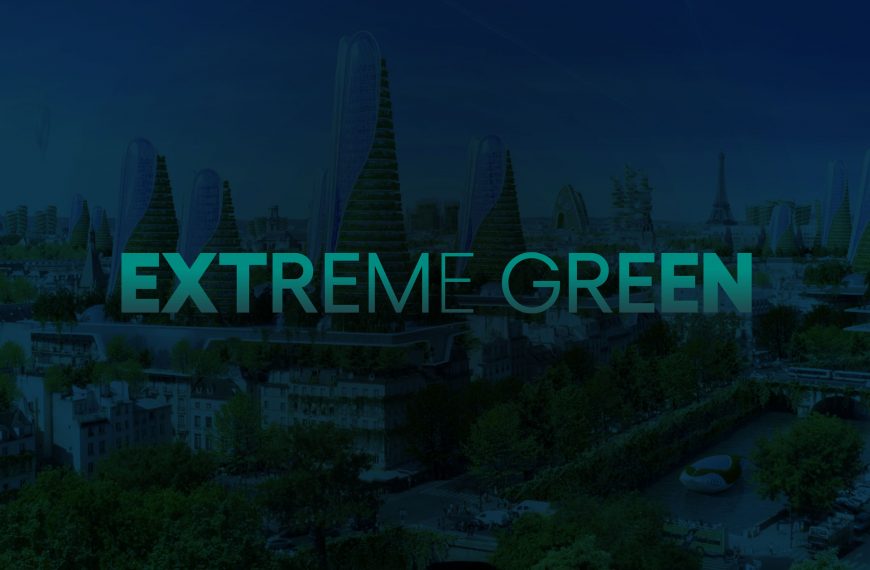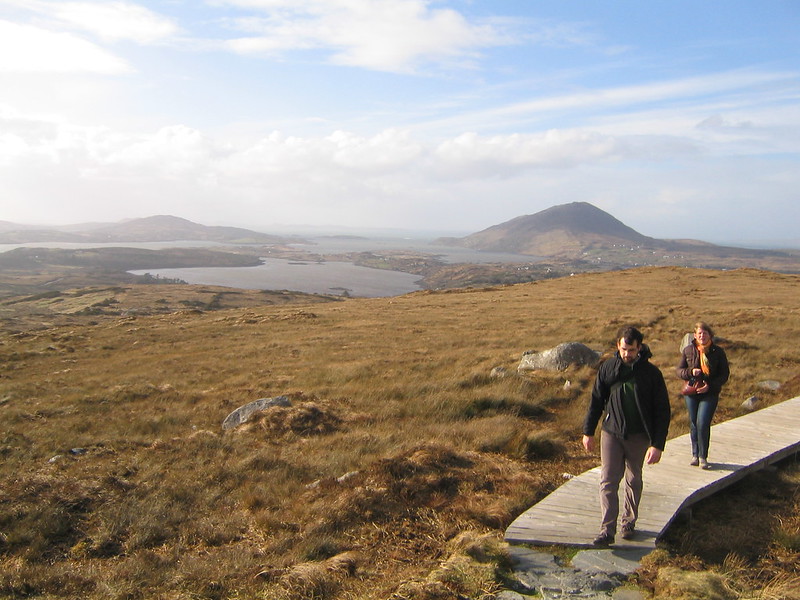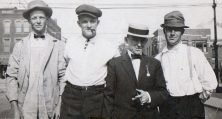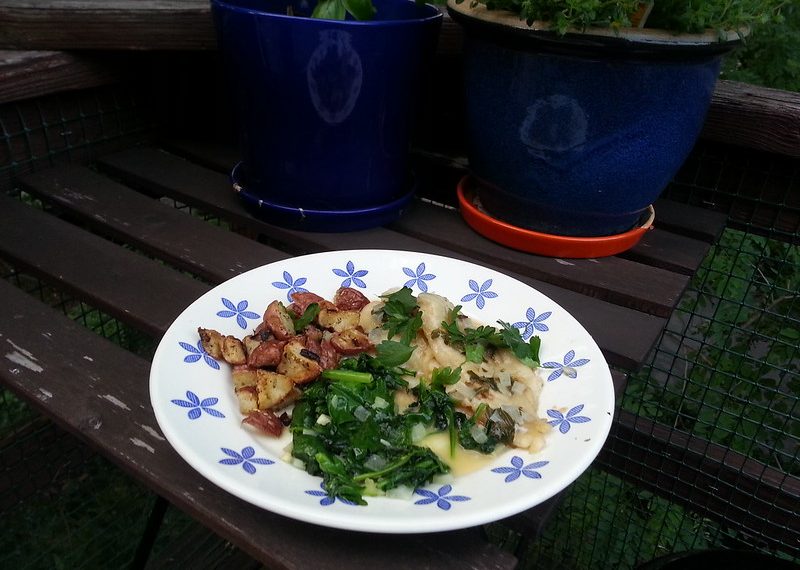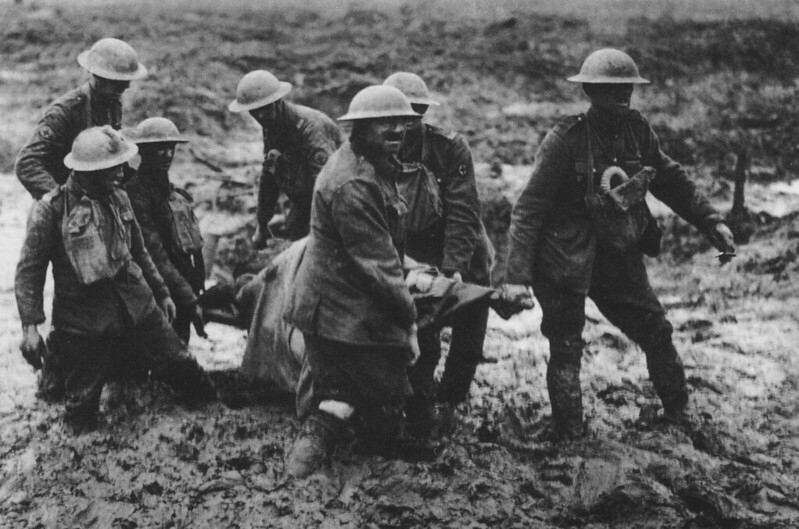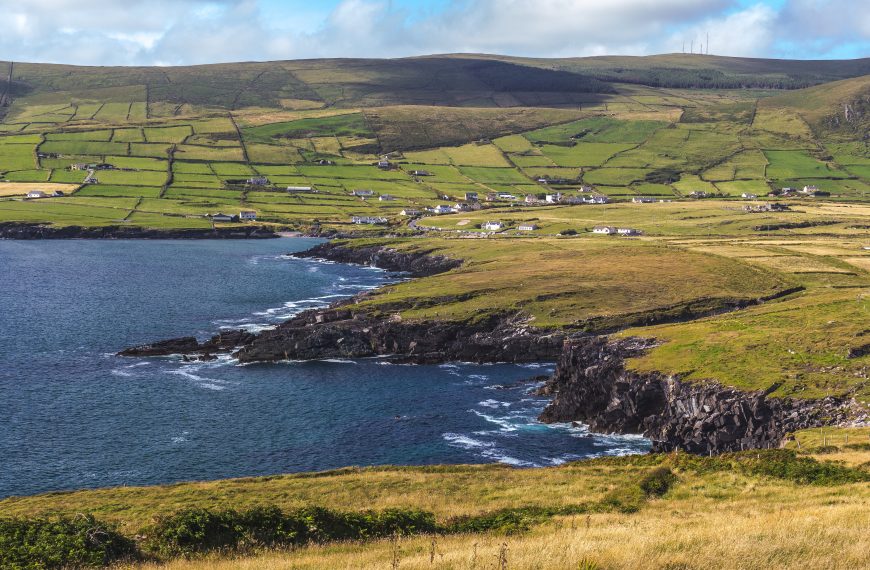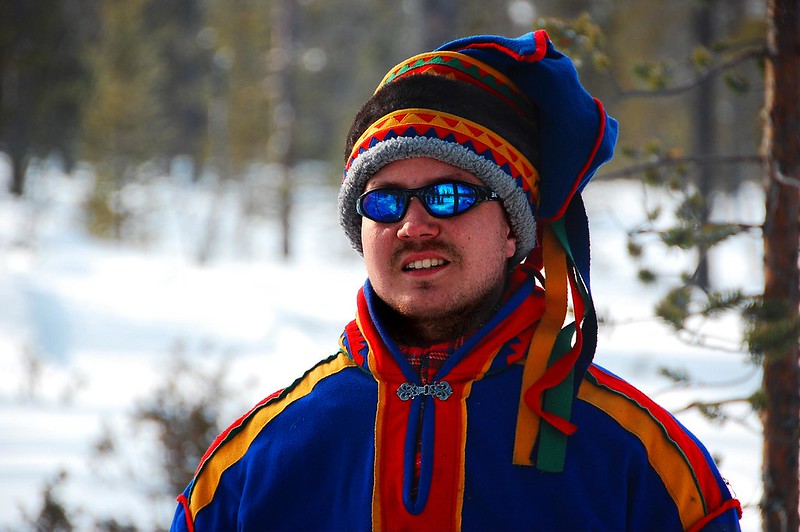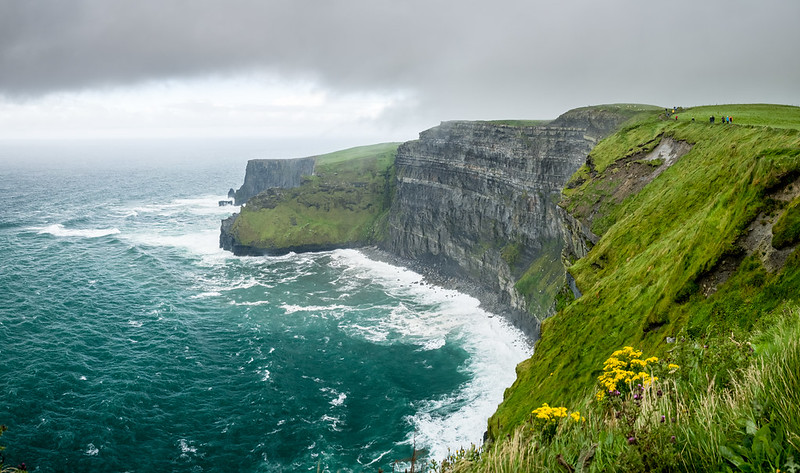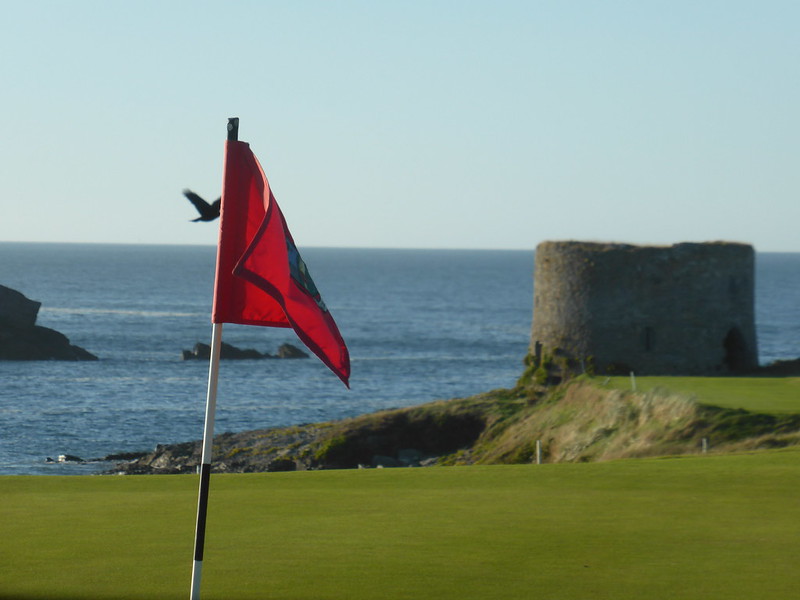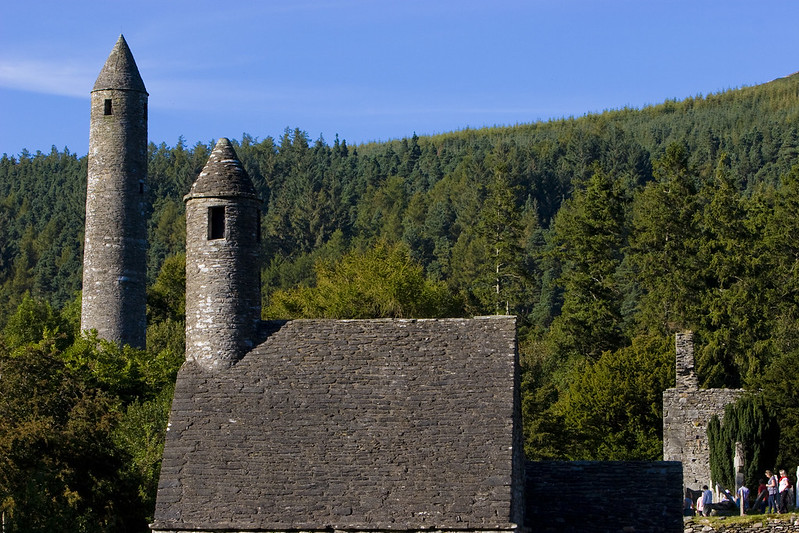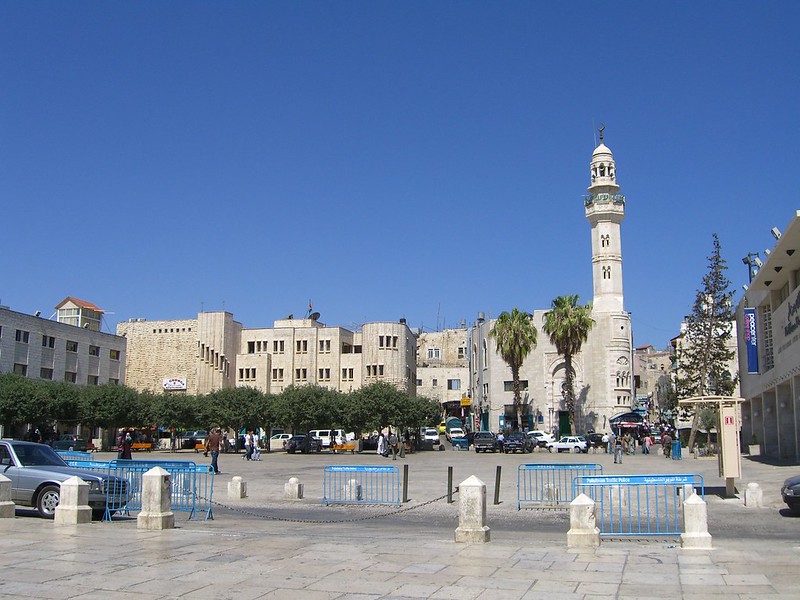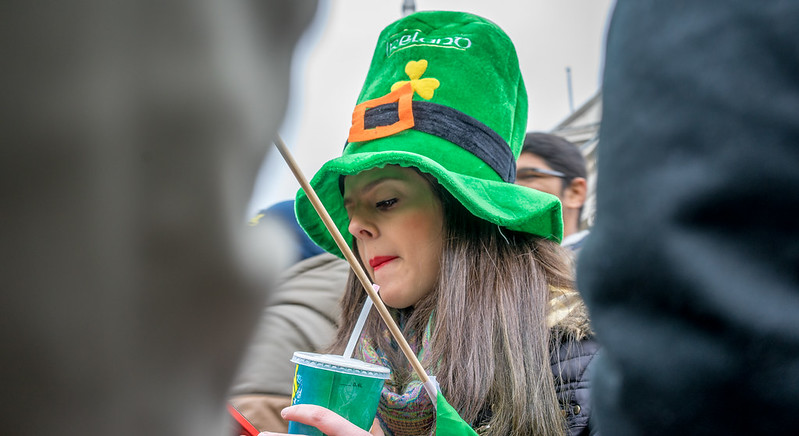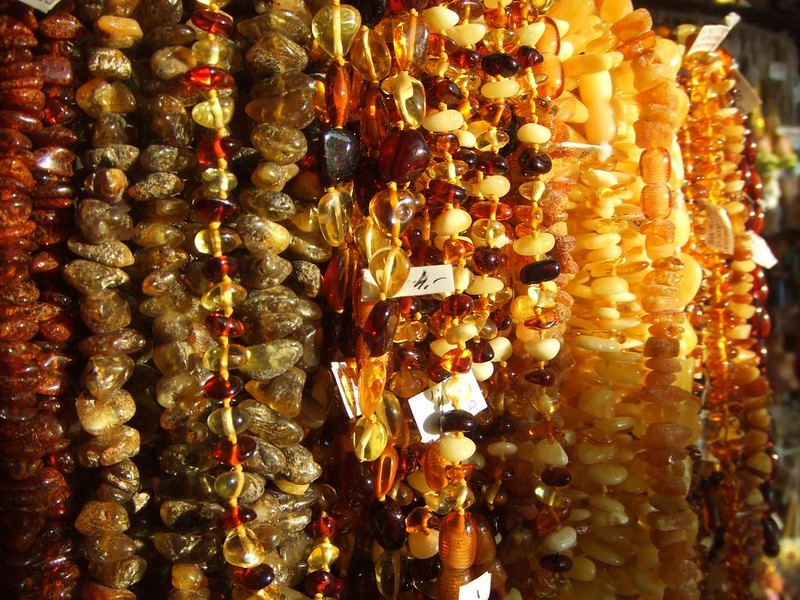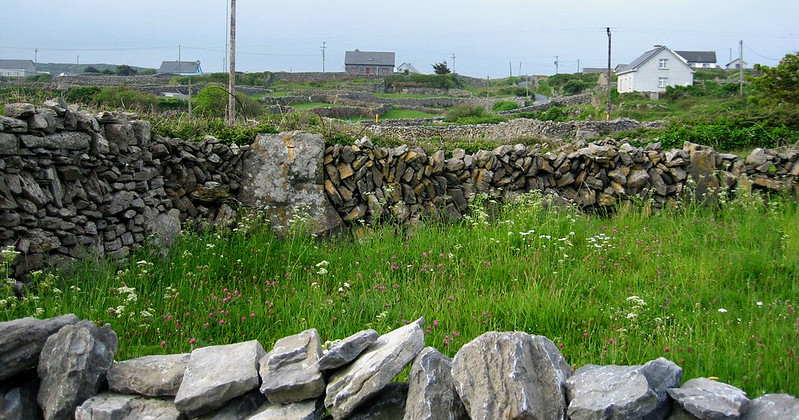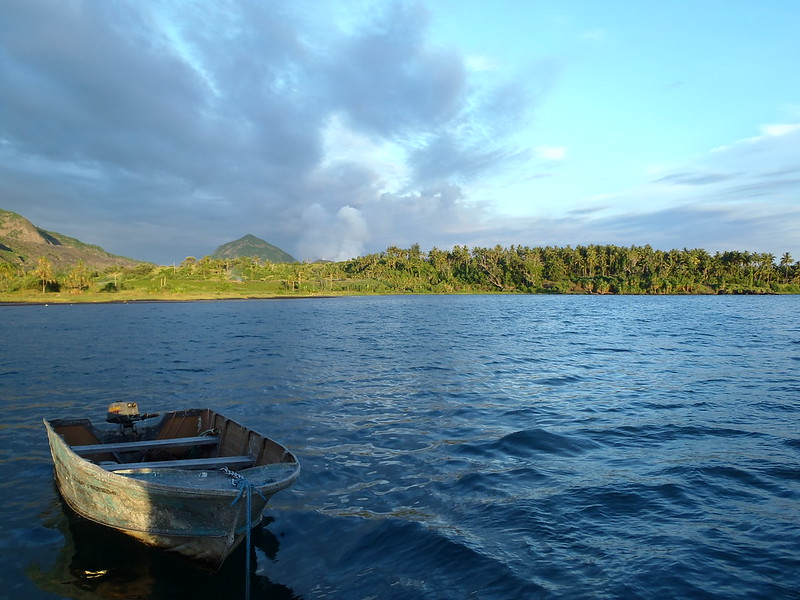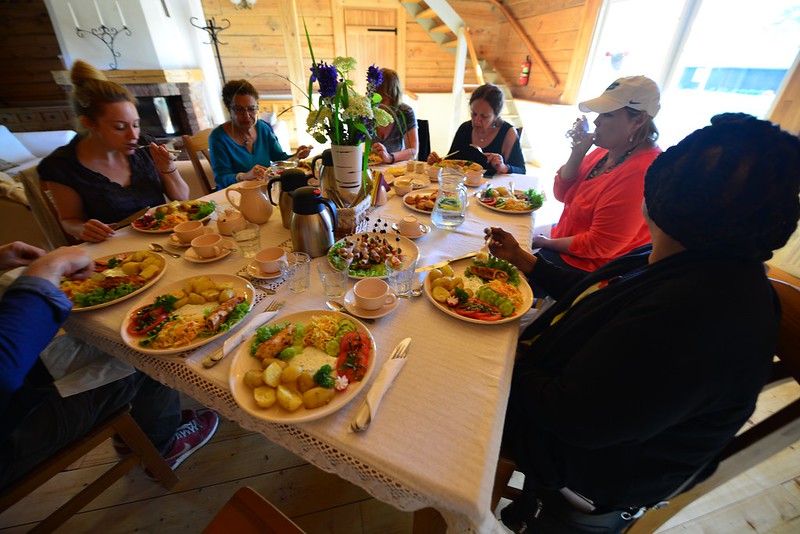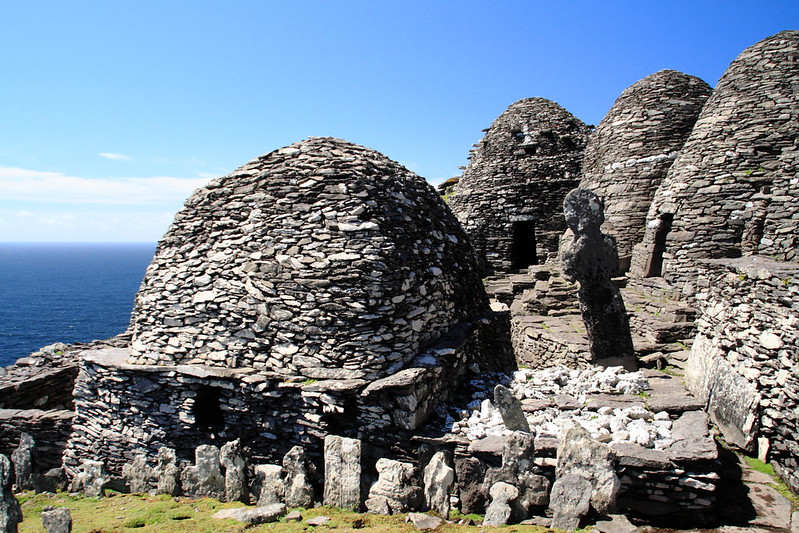Irelands is an island located off of the west coast of the United Kingdom and in the Atlantic Ocean. It is considered one of the British Isles, however ‘Ireland’ (the Republic of Ireland) is completely separate from Great Britain while ‘Northern Ireland’ is still a part of the United Kingdom.
Also known as the Emerald Isle for its lush green landscapes, Ireland is a land of a thousand welcomes. Although it has been ripped apart by years of political conflict, Ireland is renowned for its hospitality and is proud of its strong spirit of a good time.
Ireland has something for everyone – whether you love to surf, relax, drink or hike, this island has got it all. Ireland has a population of around 4.8 million, with a population density of only 60 people per square mile!
The capital city of the Republic of Ireland is Dublin, and is famed among many things for its national beverage Guinness, an alcoholic stout like drink consumed the world over. The capital of Northern Ireland is Belfast.
Read More
Currency
As Ireland is politically divided into the Republic of Ireland and Northern Ireland, the currency used in both is different. Since the Republic of Ireland has been a part of the European Union since 1973, the currency used there is Euros. Since Northern Ireland is a part of the United Kingdom, Pound Sterling (GBP) is the currency used. It is important to know which currency is used in which area, because although these divided sections make up the whole of the country, any other currency different than the one they use is not accepted.
Ireland is known to be typically more expensive than the United Kingdom in terms of cost of living.
Climate
Ireland is known for having cool temperatures because of its geographical features. Because of its position in the Atlantic, it can be cooler in the summer season as well as having more rainy and overcast weather throughout the year. While the average temperature is around 50 degrees Fahrenheit (10 degrees Celsius), Ireland is known for having some of the most unpredictable weather all year round. Take your umbrella and definitely invest in a locally made Aran knitted wool sweater while you’re there!
Travel
The main airports into Ireland are Dublin Airport, Belfast International Airport, and Shannon Airport. In the Republic of Ireland, trains are operated by Irish Rail, while in Northern Ireland, trains are operated using Trainslink/NIR. If looking to explore all different parts of Ireland, then using a car rental is definitely recommended. The bus network is also much vaster than the train network, and is even cheaper. There are also ferries available to get across rivers and offshore islands.
Dress
There are varied instances of Irish traditional dress as different groups of people tended to wear different garbs throughout history. Irish kilts were actually a popular form of dress for men. Although it is universally known as the traditional dress of Scotland, kilts in Ireland were especially popular in the 20th century when aligning oneself with others who were at odds with the British.
For women, especially Irish step dancers, the traditional dress consists of bright colours, Celtic designs, as well as a Tara brooch. Aran sweaters are also very commonly worn, since Ireland’s weather can change so often. It is known that the stitching patterns in these sweaters can mean different things and can even be signifiers to different Irish families.
People
The population of the Republic of Ireland is about 4.8 million people, while Northern Ireland’s population is over 1.8 million people. While the whole of Ireland is not specifically of Celtic origin, it has become a part of the culture as well as Gaelic language and culture. There are also large immigrant operations in major cities such as Dublin. These ethnic groups include Polish, British, Nigerian, Latvian and Lithuanian just to name a few.
Politics
There are three administrations that govern Ireland: the Government of the United Kingdom, Northern Ireland Executive, and the Government of Ireland. These different administrations came about because of the Good Friday Agreement made in 1998. The executive power is performed by the government, the legislative power performed by the bicameral national party, and the judicial party is performed by the Chief Justice of the Supreme Court.
Since 2011, the Fine Gael Party, the Fianna Fáil Party and the Sinn Féin Party have been the predominant parties in Ireland’s political climate.
Food
Irish cuisine has been extraordinarily influenced by both English and Irish culture. Different signature dishes tend to consist of the crops and animals that Ireland is known for, including Irish stew, shepherd’s pie, different meats and cabbage, boxty, and colcannon. The potato is a distinct food to Ireland as it was one of the only foods that people were able to eat during The Great Famine in the mid 19th century.
Beers such as Guinness, O’Hara’s, and Murphy’s are staple alcoholic beverages when in Ireland.
Health & Safety
Both public and private health care does exist, however, because of the Health Act of 2004, public health care is provided to all residents of Ireland through the Health Service Executive.
Ireland is known to be one of the safest and crime free countries in all of Europe. This can be seen with the thousands of tourists that flock to the different Irish cities every year. Although in the 1990’s, Ireland was not in the best state, it is no where near the height of crime at that time.
Like most cities, however, it is important to take notice of your surroundings and your belongings in major cities like Dublin.
Top 5 Attractions
- Cliffs of Moher – Rising 120 metres above the sea, the Cliffs of Moher are located in County Clare near O’Brien’s Tower. It is known that you can see the Aran Islands in Galway Bay from these Cliffs. It is warned for travellers to be cautious when going to these cliffs as there is no protection from the edge. Also, it is advised not to go when there are extreme winds. It is recorded that around one million people visit the cliffs every year.
- Blarney Stone – Located in Cork, the Blarney Stone is famous for being a tourist hot spot. Here is where many come hoping for the great skills at flattery that are promised when kissing this Carboniferous limestone. The stone is actually part of the Blarney Castle, and has been since 1446. However, kissing the Blarney Stone is not as easy as it may seem. Since it is at the top of the castle, you must ascend it first and then, with assistance, lean over backwards to kiss the correct area of the stone.
- St. James Gate, the Guinness Storehouse – If you love a good pint, it’s hard not to make a stop at this famous Irish landmark in Dublin. Here, you can learn about Arthur Guinness and how he came to create one of the most beloved stouts of all time. Like most alcohol tours, in the Guinness Storehouse you are taken through the process of making the beverage, with the ingredients barley, water, hops, and yeast. At the end of the tour, be sure to have your complimentary pint in the Gravity Bar (located on the seventh floor), where you can experience a perfect panoramic view of Dublin.
- Giant’s Causeway – This national landmark is actually an accidental result from a volcanic eruption. Located in Northern Ireland in County Antrim, this site is actually now labelled as a UNESCO World Heritage Site and is preserved by the National Trust. The basalt columns form hexagonal stepping stones that can reach a height of 39 feet.
- Ring of Kerry – This circular route, located in County Kerry, is a popular tourist attraction as it takes you from Killarney, to Kenmare, to Killorglin, then back to Killarney. As it passes through different towns along the way, there are also sites such as Muckross and Ross Castle, Lough Leane, and Gap of Dunloe, just to name a few. There are even separate routes travellers can take such as Kerry Way or the routes through St. Finian’s Bay and Valentia Island. It is advised to, if possible, take your own car and utilise the circular route counter clockwise, as there are often delays with the different buses that take travellers in.
Top 5 Cities
- Dublin – Located in the province of Leinster, Dublin is both the most populous city in the Republic of Ireland as well as being its capital. Becoming the Kingdom of Dublin soon after the Vikings had founded it, Dublin had gone through many different sackings that it managed to overcome. Today, Dublin hosts one of the oldest colleges, Trinity College, as well as Dublin Castle, the Grand Canal, the original Guinness Storehouse, as well as O’Connell Street. As over 1.2 million people now live in Dublin, it still remains one of Ireland’s most vibrant and lively cities.
- Belfast – Known as both the largest city and the capital of Northern Ireland, Belfast is known for several different key moments in history. When it became an official city in 1888, it became a major city known for its linen, tobacco, rope making, and ship building. One of its biggest signifiers is that the White Star Line located in Belfast was the company through which the infamous Titanic was built. One of the most notorious periods for Belfast was definitely during the late 20th century, aptly named ‘The Troubles.’ Although this was a period where many regarded Belfast as a dangerous city, in the present day it is regarded as a major port that is known for its industry and education.
- Galway – Located in the province of Connacht on the River Corrib, Galway is the fourth most populous city in the Republic of Ireland. Galway is regarded as the ‘Ireland’s Cultural Heart’ in how it evokes the most sense of ‘Irishness’ in song, dance, language, etc. Gaelic is often spoken here – nearly as much as English is. A notable area here is that of Claddagh — known for the famous ring of the same name. The significance of the Claddagh ring is that it symbolises love, friendship, and loyalty – referring to how the King of Claddagh embodied these virtues when dealing with disputes among those in his community. Galway is also known for the many different merchant families or ‘tribes’ that resided in the city from the 12th century onwards.
- Cork – Located in the province of Munster, Cork is known for being made up of many universities. Through it, the River Lee is what separates the city into two different parts. Known as the ‘Rebel County,’ Cork has the same type of rivalry with Dublin that Manchester tends to have with London. However, the different universities and theatre companies that Cork hosts give it a prestige unique to all other cities in Ireland.
- Killarney – Located in the Kerry county of Ireland, Killarney is located in southwestern Ireland. One of the most famous sites in Killarney is Innisfallen on Lough Leane (‘Lake of Learning’), which is able to be visited in the summer months. Above all else, at the moment Killarney is thriving on the tourism industry, and the amount of people that visit the town each year. Lakes, waterfalls, and mountains are just a few of the amazing natural resources which keep Killarney as a traveller’s favourite.
views4 min read2 years ago
views3 min read2 years ago
views4 min read2 years ago
views6 min read2 years ago
views3 min read2 years ago
views4 min read2 years ago
views4 min read2 years ago
views4 min read2 years ago
views3 min read2 years ago
views3 min read2 years ago
views2 min read2 years ago
views1 min read1 year ago
views1 min read12 months ago
views2 min read12 months ago
views2 min read12 months ago
